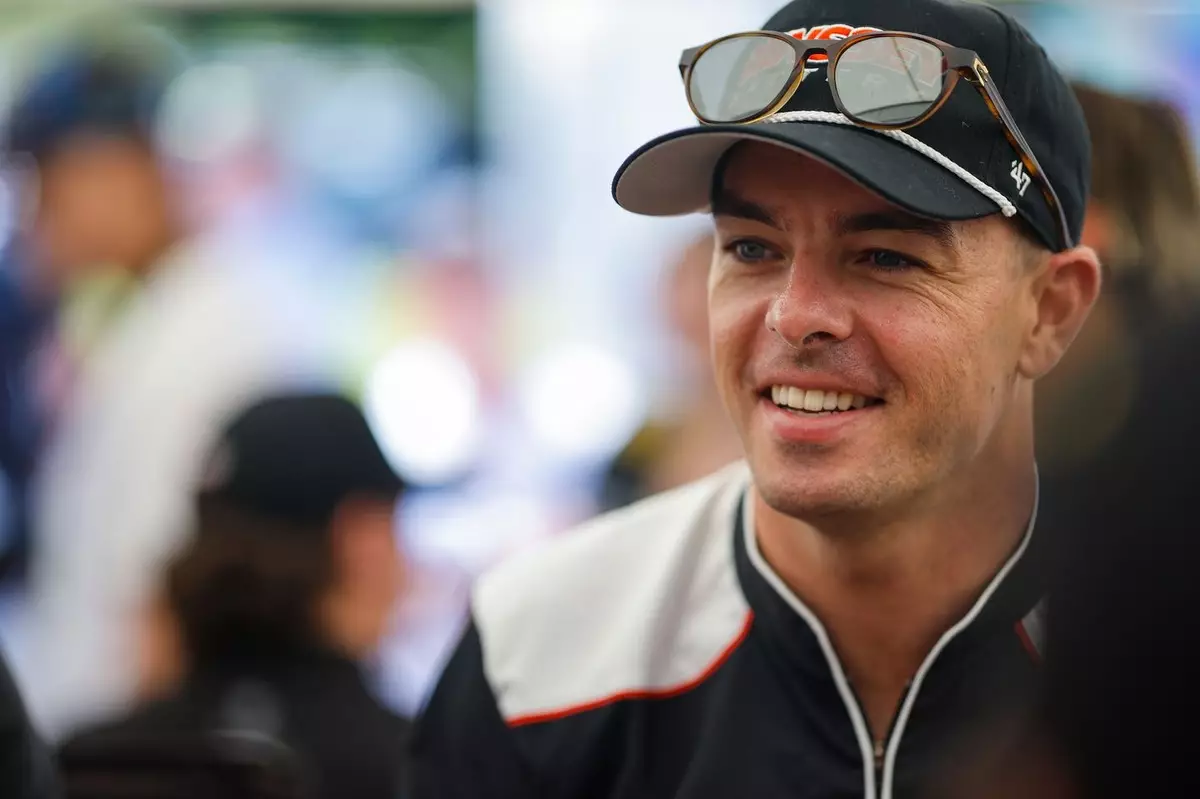In the highly competitive world of motorsport, where ambition often intertwines with opportunity, Scott McLaughlin is making headlines not just for his exceptional talent in IndyCar but for boldly crossing into the demanding terrain of endurance racing. His upcoming participation at Suzuka’s historical 1000km race signifies more than just a new challenge; it embodies a personal milestone and the relentless pursuit of passion beyond the comfort zone of oval tracks and open-wheel racing. This move exemplifies how modern racers refuse to be confined by traditional categories, instead viewing their careers as a multifaceted journey where versatility is critical.
McLaughlin’s decision to race a Chevrolet Corvette Z06 GT3.R at Suzuka reflects a calculated yet passionate attempt to expand his racing horizons. While he’s celebrated for his dominance in IndyCar with Team Penske’s Chevrolet-powered Dallara, this foray into the GT World Challenge blur the lines between disciplines, showcasing a desire for growth and a hunger for new experiences. His enthusiasm is rooted in authenticity—he openly admits Suzuka has been a “bucket list” race for him. Such candid ambitions underscore a fundamental truth in high-stakes motorsport: the pursuit of personal dreams often fuels the best performances, regardless of the category.
Chasing the Ideals of Endurance and Skill
McLaughlin’s move into endurance racing embodies a strategic evolution. His experience racing in IMSA’s LMP2 class—culminating in a third-place finish at Sebring and a victory at Bathurst—demonstrates his adaptability and hunger for diverse motorsport formats. Endurance racing demands an entirely different skill set: consistency over long distances, mechanical sympathy, and meticulous teamwork. These qualities are not innate but cultivated through rigorous practice and dedicated focus. For a driver predominantly known for short, intense bursts of speed in IndyCar, transitioning to a 1000km race at Suzuka signifies a willingness to confront new technical and physical challenges.
Moreover, partnering with seasoned Corvette drivers like Alexander Sims and Nicky Catsburg offers a rich mentorship environment. McLaughlin’s acknowledgment of his “GM friends” underscores a recognition that mastery in endurance racing requires more than raw speed—it involves understanding race stratagem, tire management, and collaborative endurance. His participation acts as an open testament to the importance of continuous learning, even for the most accomplished drivers.
Entering Uncharted Territories With Purpose
The Suzuka 1000km race reunites a legendary track with a formidable endurance format after a hiatus since 2019. This race, deeply embedded in motorsport lore since its inception in 1966, signifies a return not only to tradition but also to the racing roots of perseverance and technical mastery. McLaughlin’s entry in this event symbolizes a bridging of diverse racing worlds—a crossover that could redefine his career trajectory.
Furthermore, the event itself—a fusion of international talent and diverse manufacturers—serves as a perfect platform for a driver like McLaughlin to showcase versatility. The race features a crowded grid with 30 entries, including manufacturer-backed teams like Porsche and Corvette, emphasizing high-caliber competition. For McLaughlin, this is more than ticking off a “bucket list” item; it’s an aggressive statement about his ambition to excel outside his familiar territory and prove that top-tier talent can adapt and thrive across racing disciplines.
His participation also demonstrates a keen understanding of brand synergy and personal branding—aligning with Chevrolet’s factory-backed efforts in sports car racing enriches his profile and highlights the modern driver’s role as a versatile ambassador for their manufacturer. This strategic move could serve as a catalyst for broader opportunities and demonstrate that top drivers are no longer confined to a single racing universe.
Concluding Thoughts: A New Chapter in an Evolving Career
Scott McLaughlin’s leap into endurance racing at Suzuka is emblematic of the evolving nature of motorsport careers. It often takes more than technical skill; it requires vision, courage, and an insatiable desire to challenge oneself. McLaughlin exemplifies this spirit, turning a personal dream into a tangible goal and inspiring others to see beyond predefined boundaries. His journey underscores that the future of racing is not confined to a single discipline but instead a confluence of talents and passions—an expansive landscape where drivers continuously reinvent themselves.
This bold transition might seem risky or unpredictable to some, but it embodies the true spirit of motorsport: relentless pursuit, adaptability, and a deep-seated love for racing in all its forms. As McLaughlin prepares for his challenge at Suzuka, he’s not just ticking off a bucket list item; he’s setting a powerful example of how dedication and boldness can redefine a driver’s legacy in the racing world.

